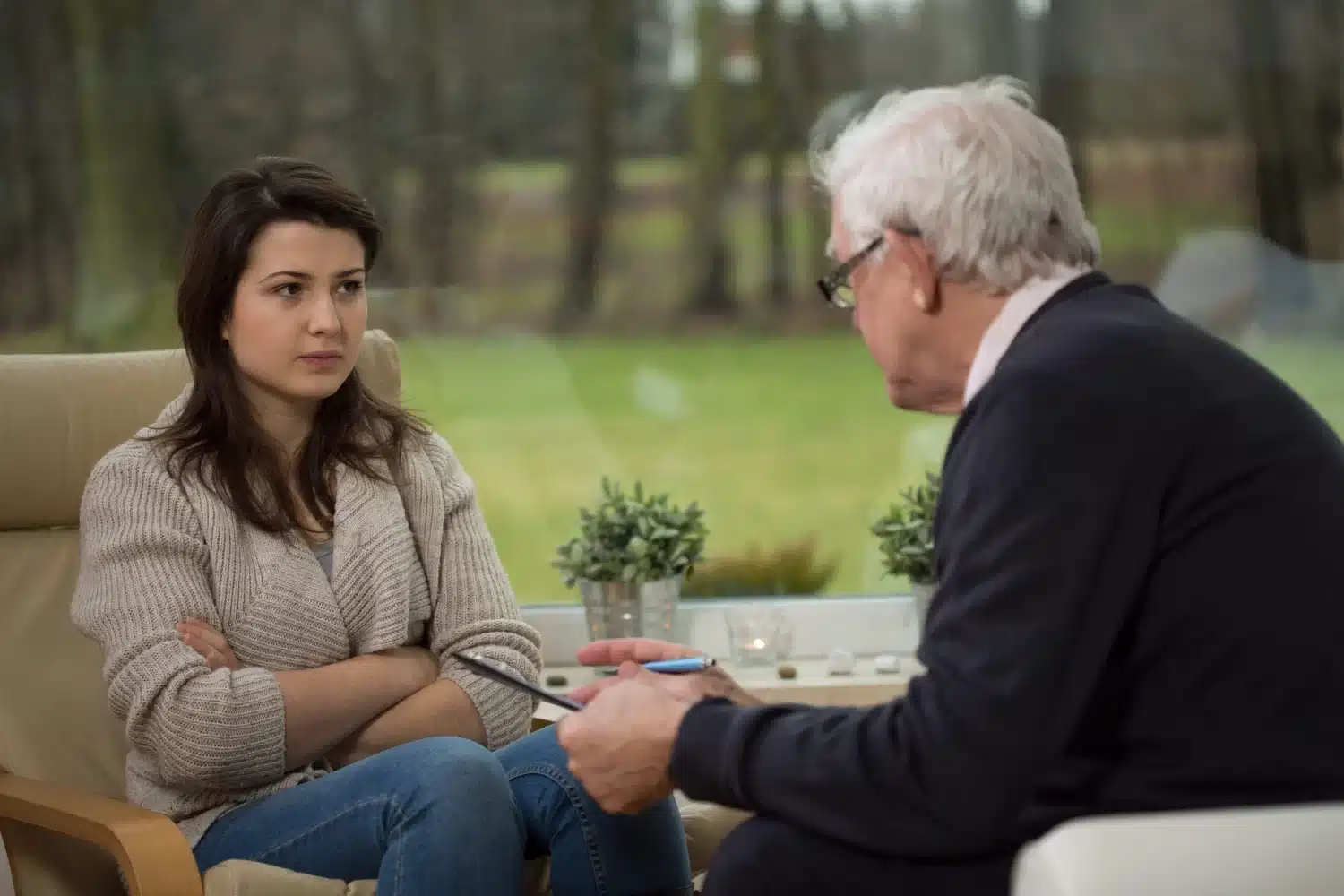Reliance on the Alliance, Part 2: Client Goals


The alliance is an all-encompassing framework for psychotherapy — it transcends any specific therapist behavior and is a property of all aspects of providing services. It calls for your utmost attention and best clinical skills in each and every client encounter — as well as your conscious, proactive efforts to make it happen. Of course, that is what the Session Rating Scale (SRS) is all about.
Bordin (1979) classically defined the alliance with three interacting elements: (a) the relational bond between you and the client—the client’s perception of your empathy, positive regard, and genuineness; (b) agreement on the goals of therapy; and (c) agreement on the tasks of therapy or how the goals will be accomplished, which includes all the accompanying details—topics of conversation, frequency of meetings, handling cancellations, payment, etc. The alliance is like a stool. All three components need to be present or, like a stool, if one leg is missing or wobbly, you will likely fall on your behind — in other words, the alliance will falter.
The second aspect of the alliance is the agreement on the goals of therapy. When we ask clients what they want to be different, we give credibility to their beliefs and values regarding the problem and its solution. Regardless of how unreasonable they may sound at first glance (e.g., how unrelated they seem to the client’s problems as framed by others or even you), you should accept client goals at face value, because those are the desires that will excite and motivate — that will engage him or her in purposive work. If we are straining our actions through the alliance filter, goals other than those of the client will likely not fit through. Collaborative goal formation begins the process of change, wherever the client may ultimately travel. Both the Outcome Rating Scale (ORS) and the SRS keep us on the same page with clients regarding their goals. Clients are not likely to show benefit on the ORS if they are not working on their goals and, to ensure our attention, the SRS directly solicits the goal issue.
One of the many things that the great mentors of brief therapy taught us is that, as a simple framework for psychotherapy, it is helpful to encourage clients to think small. A change in one aspect of a problem often leads to changes in other areas as well. The wonderful thing about thinking small is that the most easily attainable sign of change becomes symbolic of resolving the entire problem; it creates a momentum and energy like the first domino falling in the seemingly never-ending line of the problem. This is why it is useful to ask clients what it will take for the mark on a given scale on the ORS to move just one centimeter to the right. Recall that the client’s subjective experience of early change is predictive of continued change and sets an expectation for progress and smooth sailing. It catalyzes client resources into further action. Do not underestimate the power of thinking small. The first glimmer of light can turn into a neon sign shining the way to the ultimate destination.
But, don’t stress. Some clients just don’t think of what they want from therapy in concrete behavioral terms and perhaps don’t slice up the world in tangible observables. That’s okay. But you can always connect whatever experience clients are describing to the marks on the ORS. The ORS will measure clients’ benefit in the major domains of life on their terms, regardless of the client’s propensity to set clearly defined goals.
Interested in learning more about the alliance and the other common factors? Check out our website’s resource section for articles and handouts to help you polish your clinical skills,
Bottom Line: Work on client goals. Period.
